
Mongoose
Mongoose
Mongoose
What is a creature that is rarely seen in Honshu in Japan, but is known as one of the famous animals in the south such as Okinawa? That's right, mongooses! It looks like a weasel and a little cute, but did you know that mongooses actually cause terrible things in some areas? I hope this page will inspire you to think about how to deal with mongooses! In this article, we will mainly introduce the characteristics and ecology of mongooses living in Japan as of 2020.
Mongoose Basic Infomation
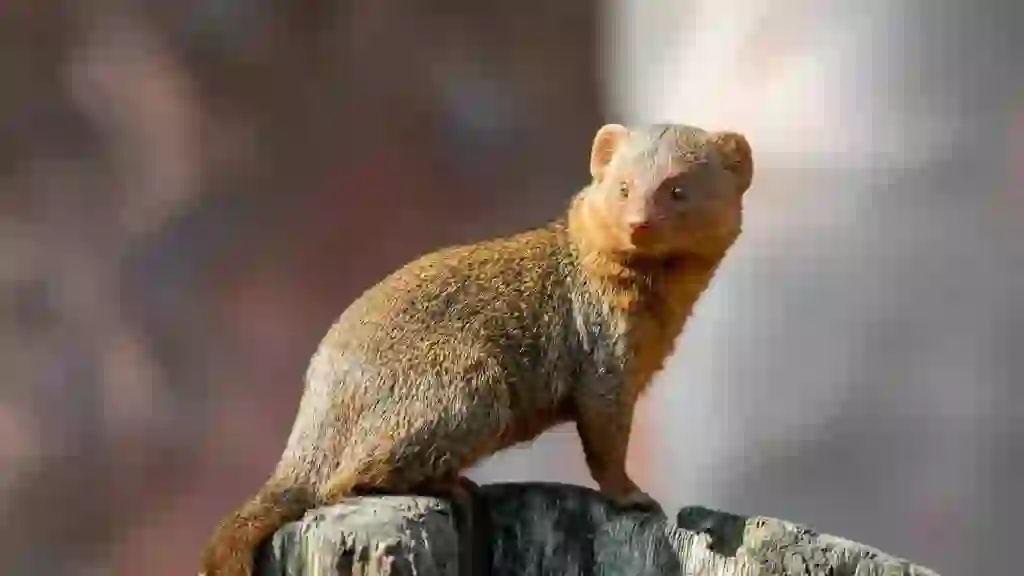
Mammalia-Carnivora-Herpestidae.
Length:18~64cm tail length:15~53cm weight:340~5,000g.
The mongoose is originally from Africa and is found throughout the continent. Some species also live in South Asia.
It has a long body with a streamlined shape, short legs, and a face that is narrow towards the tip of the nose. It is covered in brown or gray fur, but the color of the fur may vary depending on the breed. There may also be stripes on the body.
The difference in body length and weight is due to the difference in body structure depending on the breed, such as “common dwarf mongoose” and “egyptian mongoose.
They are basically aggressive and have sharp teeth called carnassials. They have 40 teeth, but they can easily bite off human fingers by moving them like scissors.
Mongooses are diurnal creatures that dig holes in groups to make nests or find existing holes to live in. However, depending on the breed, some do not dig holes, do not live in burrows, and live alone.
The breeding season varies slightly depending on the species and region of the mongoose, but for the small indian mongoose, it covers from January to August and more than half of the year. The gestation period is about two months, and the number of children born at one time is about one to four. The wild lifespan is short, ranging from two to four years, but there have been mongooses that have lived for a very long time under captive breeding conditions, up to 17 years.
Mongoose Q&A

Why do mongooses live on land?
Why do mongooses prefer to live on land or in deserts? As of 2020, there is no clear reason. However, it is thought that their poor swimming ability may be related to this. It is unclear whether mongooses do not know how to swim because they have always been on land or simply because they do not like water.
However, the “crab-eating mongoose” breed of mongoose is said to be good at diving because it lives near water.
It is just speculation, but if everyone lived in the same place, the competition for food among mongooses would be fierce. Therefore, the crab-eating mongoose may have deliberately chosen to live near water to avoid such conflicts.
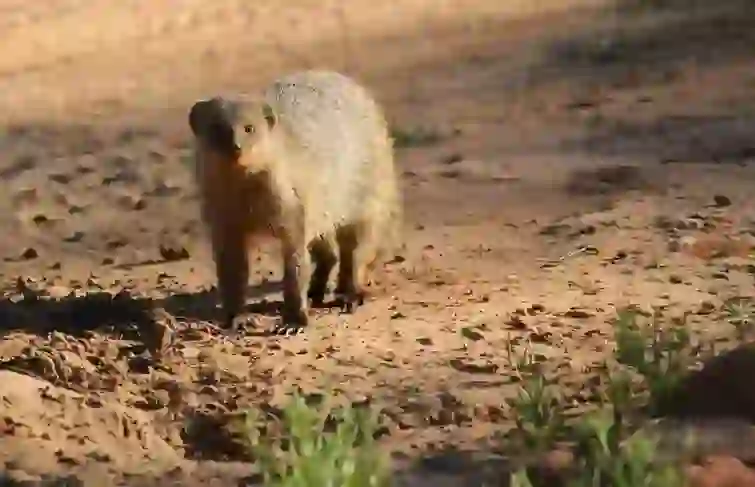
What do mongooses eat?
Mongooses are carnivorous animals that eat a variety of things. They eat small animals such as mice, birds, and mammals, as well as insects, reptiles such as frogs and snakes, and fruit.
The crab-eating mongoose introduced in “Why do mongooses live on land?” also eats fish and crabs that live near water.

What is the difference between a mongoose and a meerkat?
Mongooses and meerkats look very similar, but let's see what exactly the differences are.
①The color of mongoose fur varies depending on the breed, but meerkats have black fur around their eyes and their fur is generally the same color, such as yellow-brown or gray.
②While mongoose tails are fluffy, meerkat tails are more slender.
③Meerkats can close their ears to prevent sand from entering when digging holes, but mongooses cannot do so.
④Meerkats have a resistance to scorpion venom and therefore prefer to eat scorpions. On the other hand, mongooses also occasionally eat venomous snakes such as cobras and vipers, so it is thought that they have some resistance to snake venom. However, there are cases where they are affected by snake venom, so they do not seem to prefer eating venomous animals as much as meerkats do.
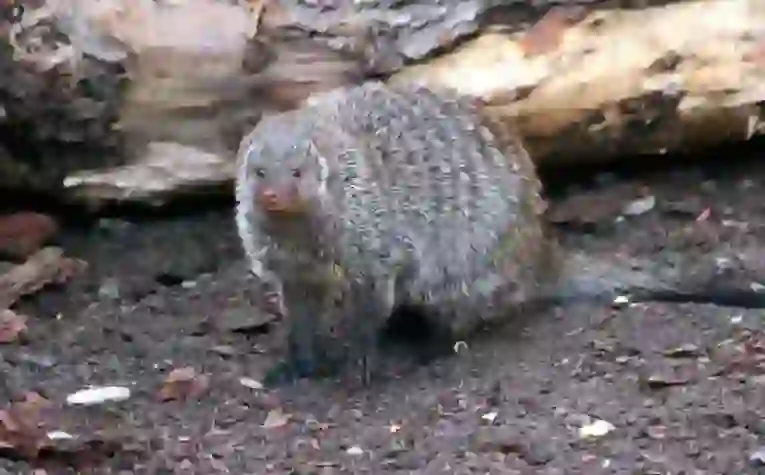
Who is stronger mongoose or hub?
Have you ever seen a mongoose and a hub confront each other on TV or online?
Hub is a dangerous venomous snake that lives in Okinawa, Japan. In the past, an event called “Direct Confrontation between Hub and Mongoose” was held as a tourist attraction in Okinawa.
The event was about which one would win if the mongoose, which was said to be a natural enemy of the hub at that time, actually fought against the hub.
However, it is not clear which one is stronger because it is thought that there is no hostile relationship between hub and mongoose as we humans think.
Mongoose are diurnal while hub are nocturnal creatures. Therefore, they rarely encounter each other in the wild. Even if they happen to meet by chance, they cannot tell whether the other is an enemy or an ally since they are meeting for the first time.
However, if they are forced into a confrontation against their will, the situation is different. They cannot run away or hide. This is just a guess, but it may be due to their wild instincts that they fight because they sense that if they do not defeat their opponent, they may be killed themselves.
Afterwards, it became widely known that forcing animals to fight against their will was not good, and the “Direct Confrontation between Hub and Mongoose” has been banned since 2000 for violating animal welfare.
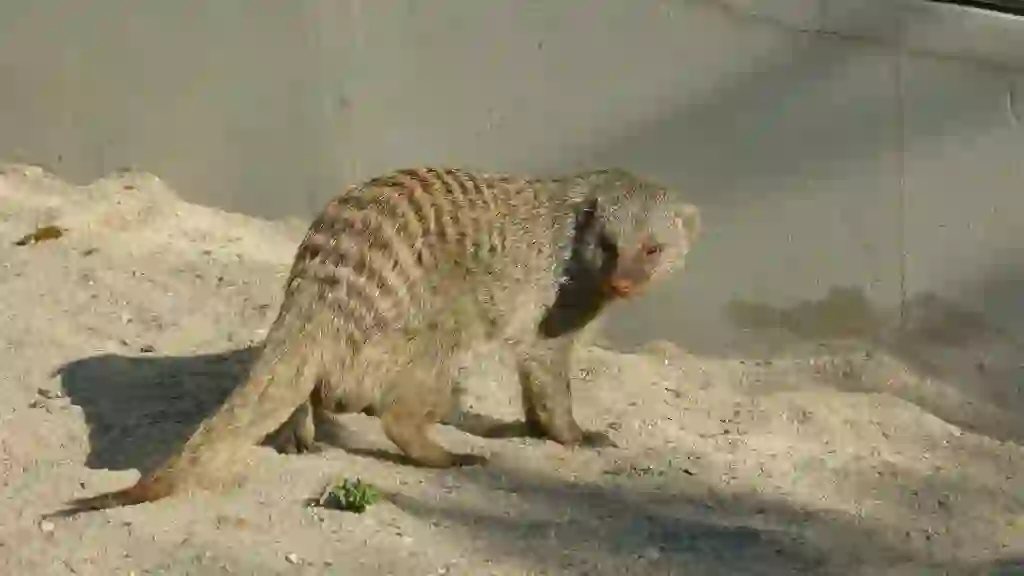
What are the natural enemies of mongooses?
As mentioned in basic Information, mongooses are aggressive and temperamental animals. However, even such mongooses have natural enemies.
Specifically, they are sometimes attacked by birds of prey such as eagles and hawks, as well as by predators such as tigers and leopards.
However, there are mongooses that will stand up to even young lions instead of running away when they encounter them.
Although young lions are overwhelmingly larger than mongooses, it is said that the biting power of mongooses is very strong relative to their body weight, so if they bite the eyes of young lions, there is a possibility that they could inflict a fatal wound on them.
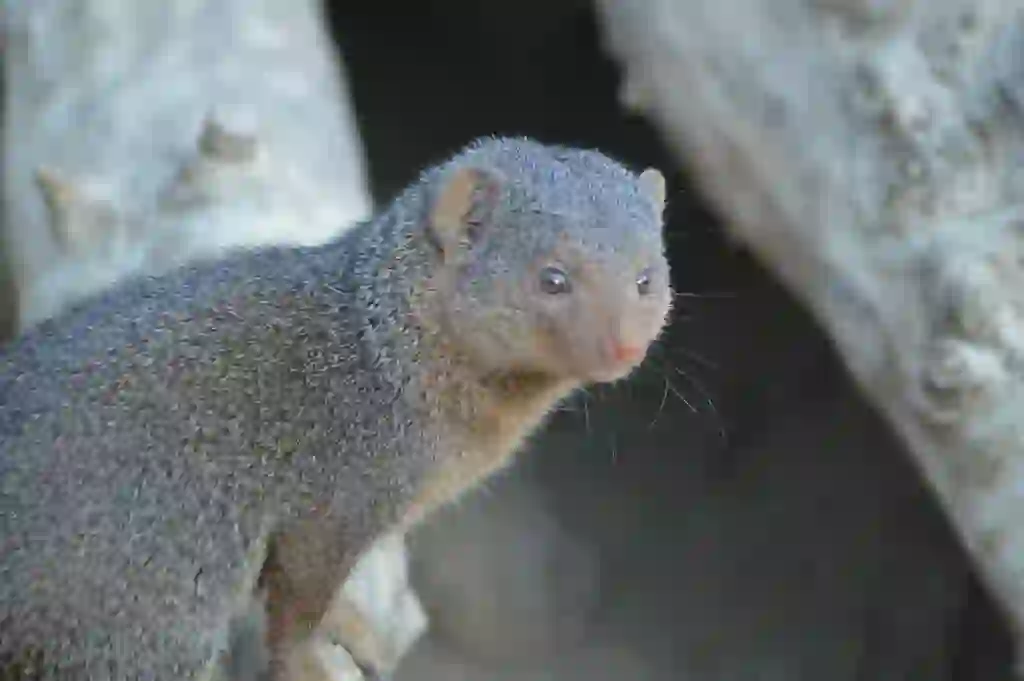
Is it true that mongooses are beginning to be exterminated in Japan?
It's true.
In fact, in Amami Oshima, Kagoshima Prefecture, Japan, extermination activities are being carried out to reduce the number of mongooses that have increased too much. How did this situation come about in the first place? This goes back to the Meiji era.
In the past, there was a time when rats appeared in sugarcane fields that were once prosperous as agriculture, and the problem arose that the crops were being damaged.Furthermore, the situation arose where hubs invaded the fields in pursuit of these rats, and many incidents occurred where people who entered the fields without realizing that there were hubs were bitten one after another and died.
At that time, an effective serum for hub venom had not yet been developed. Therefore, a doctor from the University of Tokyo focused on an animal called the mongoose and decided to try fighting it against hubs.
※The serum is simply an immunoglobulin-like substance that provides immunity against venom.
As a result, the mongoose was bitten by the hub but did not die from the venom. On the contrary, it bit back at the hub and killed it.
From this incident, it was thought that the mongoose would be useful in controlling hubs and rats, so several mongooses were brought from India and released into nature. However, the extermination effect was less than expected, and various problems caused by mongooses occurred.
As I have mentioned several times before, mongooses are diurnal animals. On the other hand, the target of extermination, hubs and rats, are nocturnal and rarely meet each other. Therefore, the “amami rabbit,” which is easier to eat than hubs and rats, was used as food for mongooses.
In addition, valuable creatures that exist only on Amami Oshima, such as the “amami ishikawa's frog” and the “okinawa tree lizard,” were eaten by mongooses.
Also, since mongooses have a strong reproductive power, their numbers increased rapidly. Although they were expected to be animals that catch hubs, they were eventually treated as harmful animals that destroy the ecosystem of Amami Oshima.
Since 2005, mongoose extermination has begun, and we are aiming for complete extermination by 2023. However, is the mongoose really the only bad guy? Of course, it is very important to protect the ecosystem of Amami Oshima and protect the creatures that live there.
For humans, damage caused by hubs was also serious. However, if you think about it carefully, it was because we easily introduced mongooses for hub extermination that this happened. Therefore, we need to think about how humans and animals can coexist well in the future.

Would you like to become a part of the 'Animalbook.jp'?
Turn your knowledge into Q&A and share it with the world. ※Publication will be activated after purchase. Let's share information together!
Mongoose Type of List
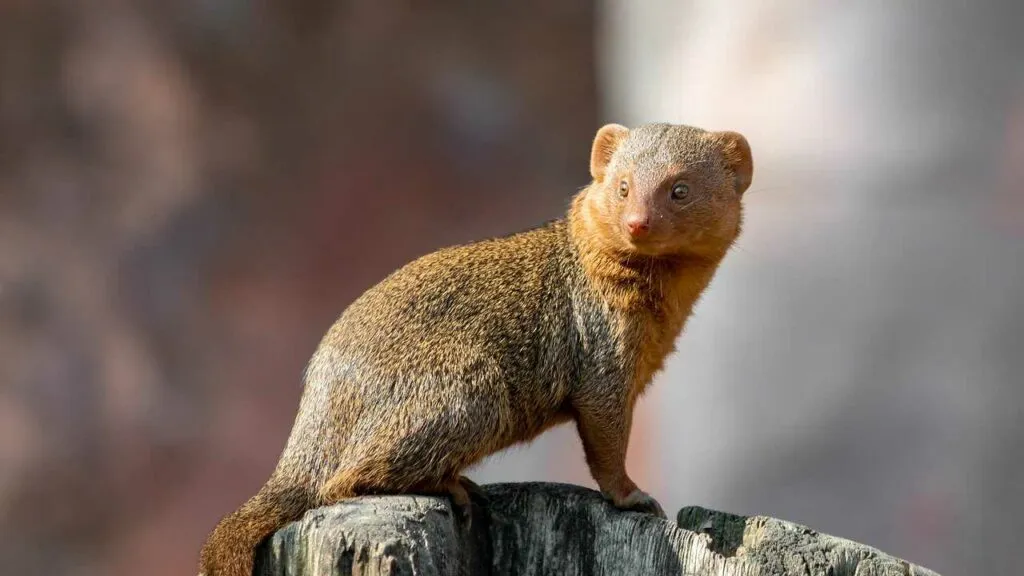
・Small Indian Mongoose ・Crab-Eating Mongoose ・Marsh Mongoose ・Common Dwarf Mongoose ・Egyptian Mongoose ・Javan Mongoose ・Indian Grey Mongoose ・Banded Mongoose ・Yellow Mongoose ・White-Tailed Mongoose ・Common Slender Mongoose
Information
Congratulations! You are the first commenter!

Create Your Favorite List!
Mongoose
Save the animals you love! Build your own list to quickly revisit your favorites later.

Would you like to leave a comment?
※Please note: This is for the purchase of rights to post comments within the article.
Find Your Favorites!
Our shop offers a unique and attractive selection of goods themed around various animals.
Mongoose References

- ウィキペディア https://ja.wikipedia.org/wiki/マングース
- NATIONAL GEOGRAPHIC https://natgeo.nikkeibp.co.jp/nng/article/20141218/428909/
- 鹿児島県 http://www.pref.kagoshima.jp/ad04/kurashi-kankyo/kankyo/yasei/gairai/mangu-suver2.html
- マングースバスターズ 環境省 https://www.env.go.jp/nature/intro/4document/files/r_amami.pdf
- STREP HONDAYS https://ja.strephonsays.com/mongoose-and-vs-meerkat-3752
- 山釣り紀行 http://www.asahi-net.or.jp/~jf3t-sgwr/inyushu/mangusu.htm
Mongoose Introduction of media used

出典:https://pixabay.com/images/id-3392956/

出典:https://pixabay.com/images/id-3638523/

出典:https://pixabay.com/images/id-4162758/

出典:https://pixabay.com/images/id-3678547/
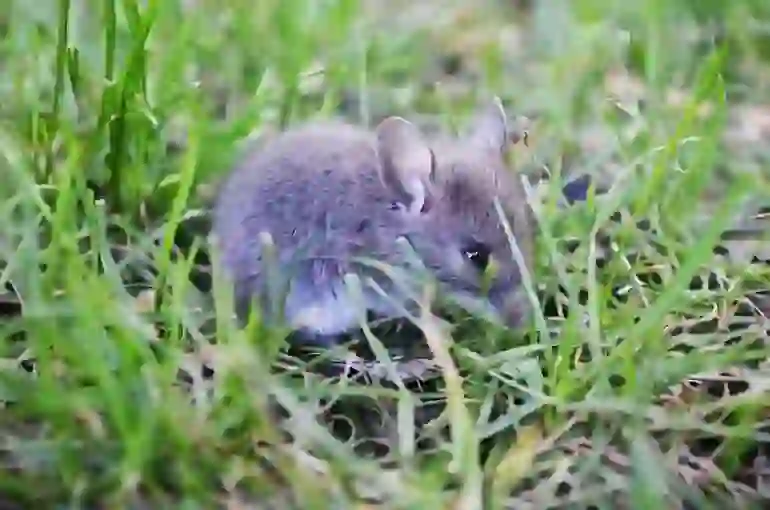
food
出典:https://pixabay.com/images/id-2675119/
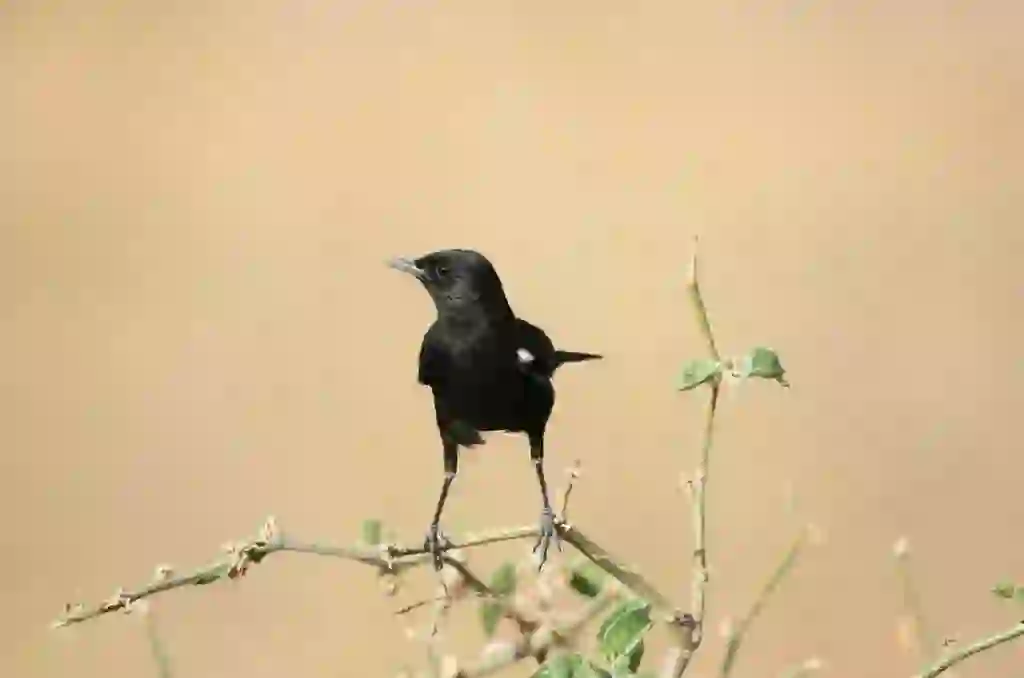
food
出典:https://pixabay.com/images/id-171215/

出典:https://pixabay.com/images/id-348323/
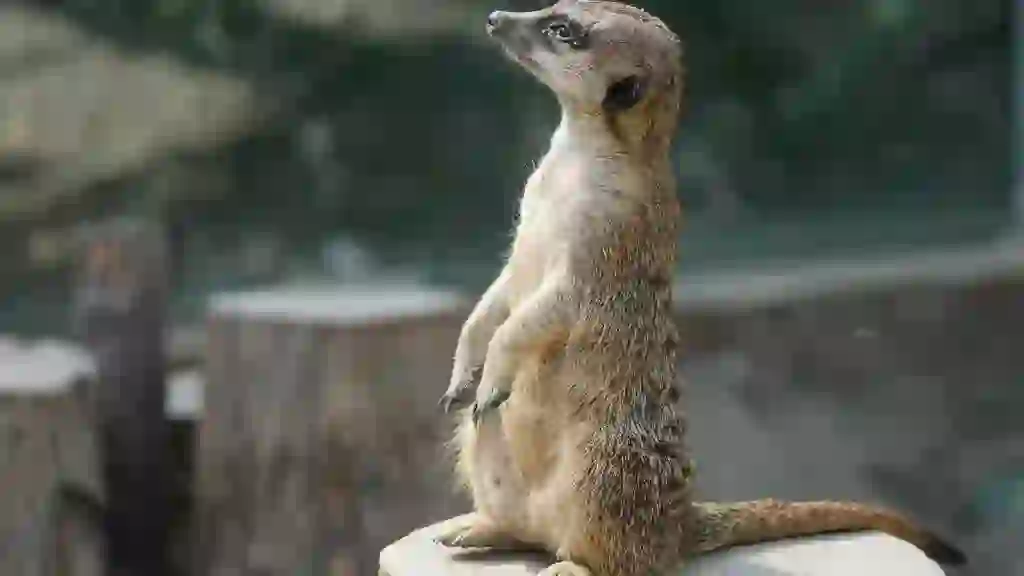
similar
出典:https://pixabay.com/images/id-4362348/

出典:https://pixabay.com/images/id-4597201/
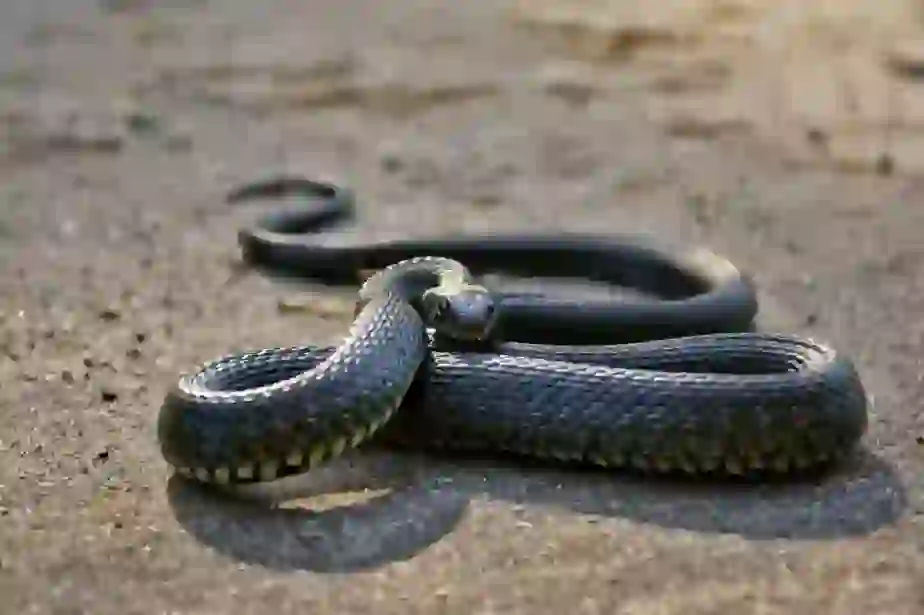
enemy
出典:https://www.pexels.com/ja-jp/photo/3648372/
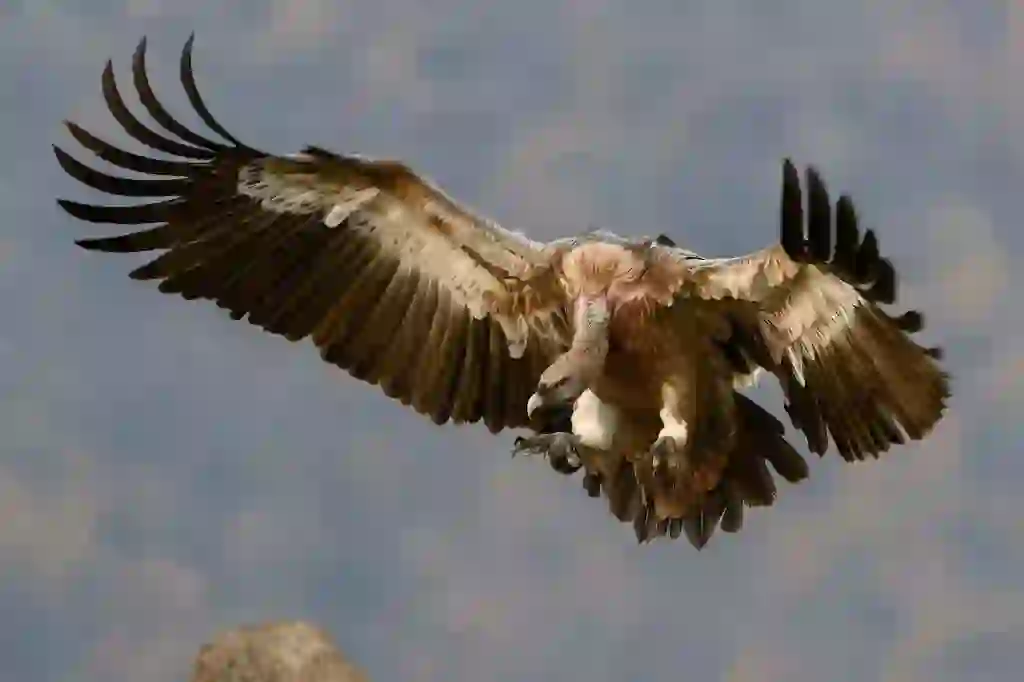
enemy
出典:https://pixabay.com/images/id-1209813/
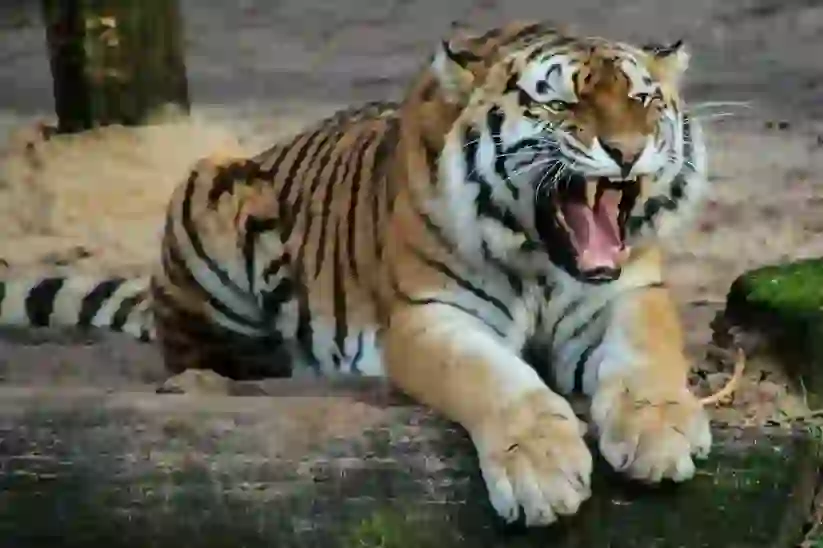
enemy
出典:https://pixabay.com/images/id-500118/
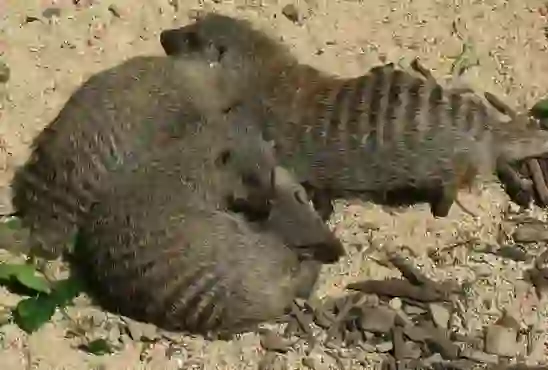
出典:https://pixabay.com/images/id-70252/

出典:https://pixabay.com/images/id-1523890/

Help Enrich Our Animalbook.jp with Your Media!
We are constantly looking to expand and enrich our Animalbook.jp with amazing photos and videos of animals. If you have any media that you'd like to share, please contribute and help us showcase the beauty and diversity of the animal kingdom. Your submissions will be credited and featured in our encyclopedia, reaching a wide audience of animal lovers.


















